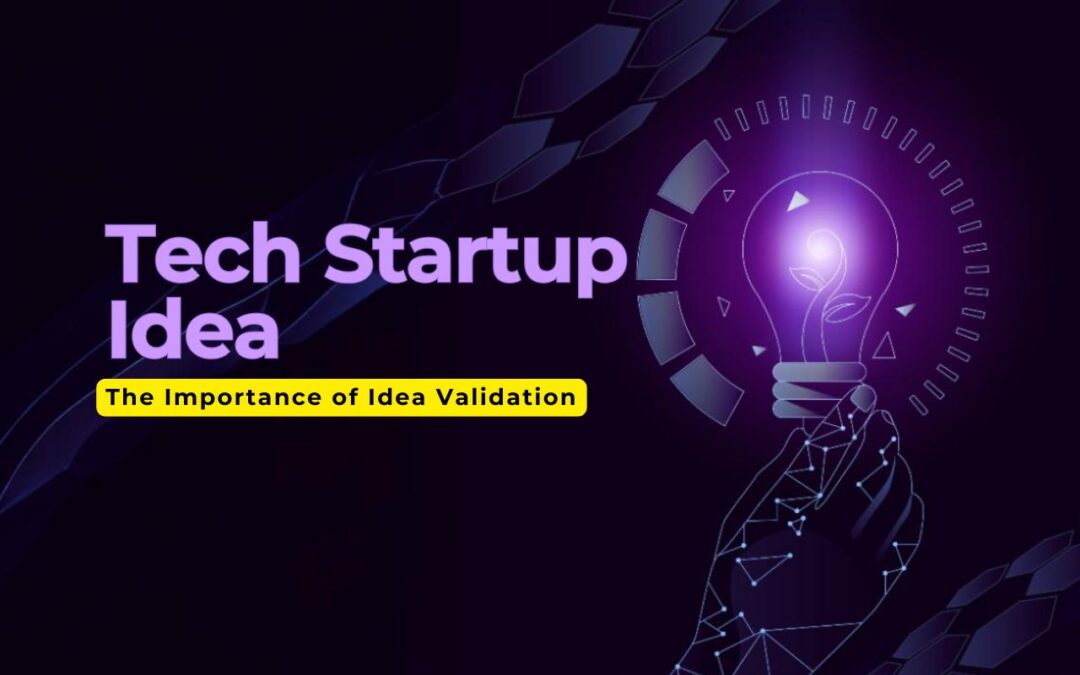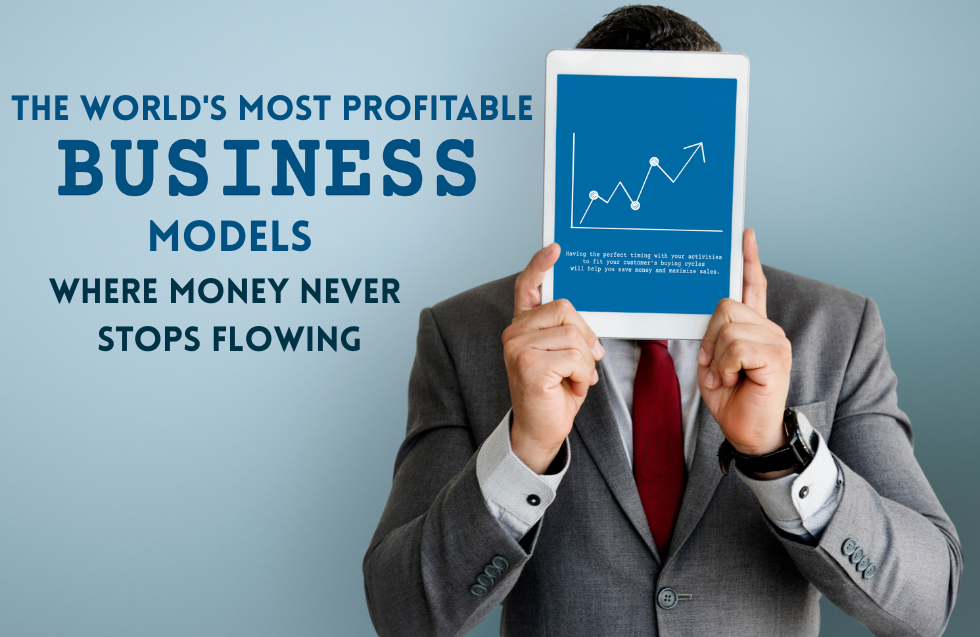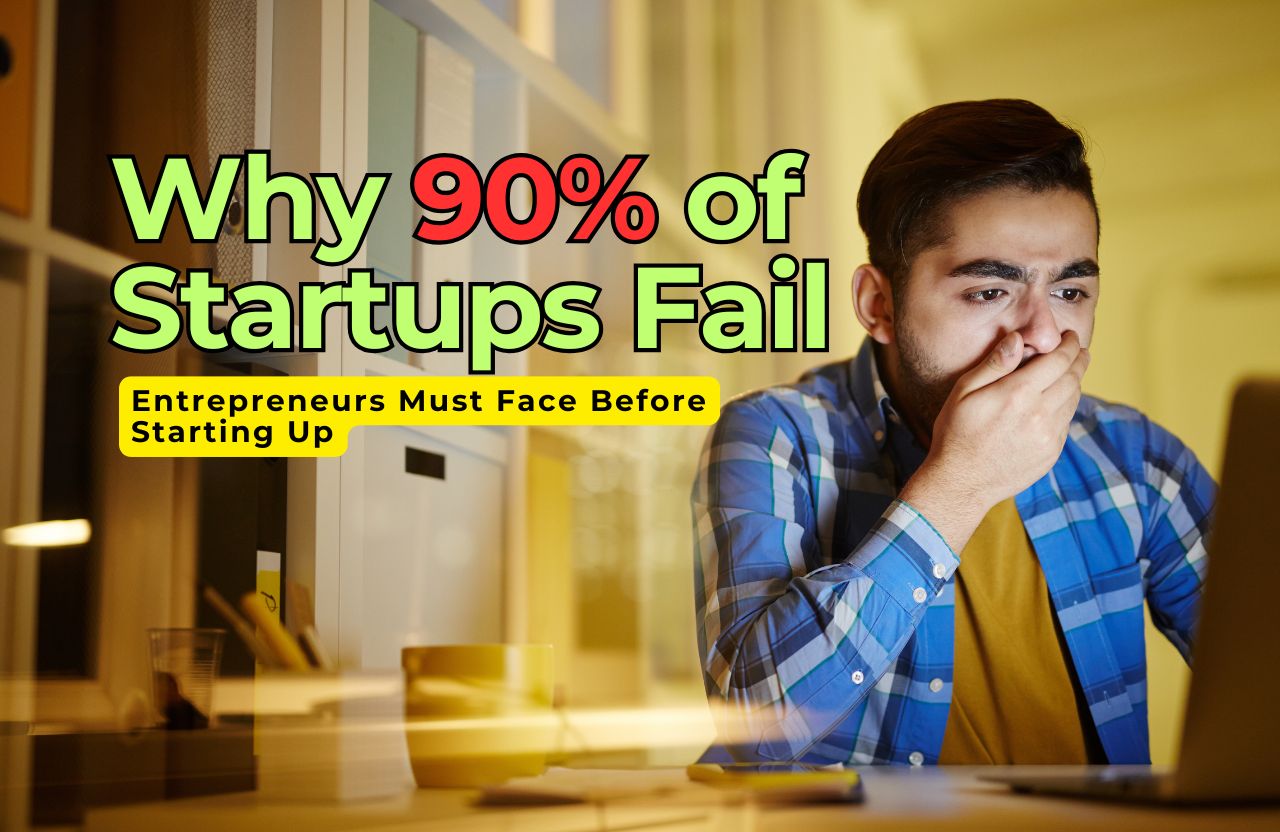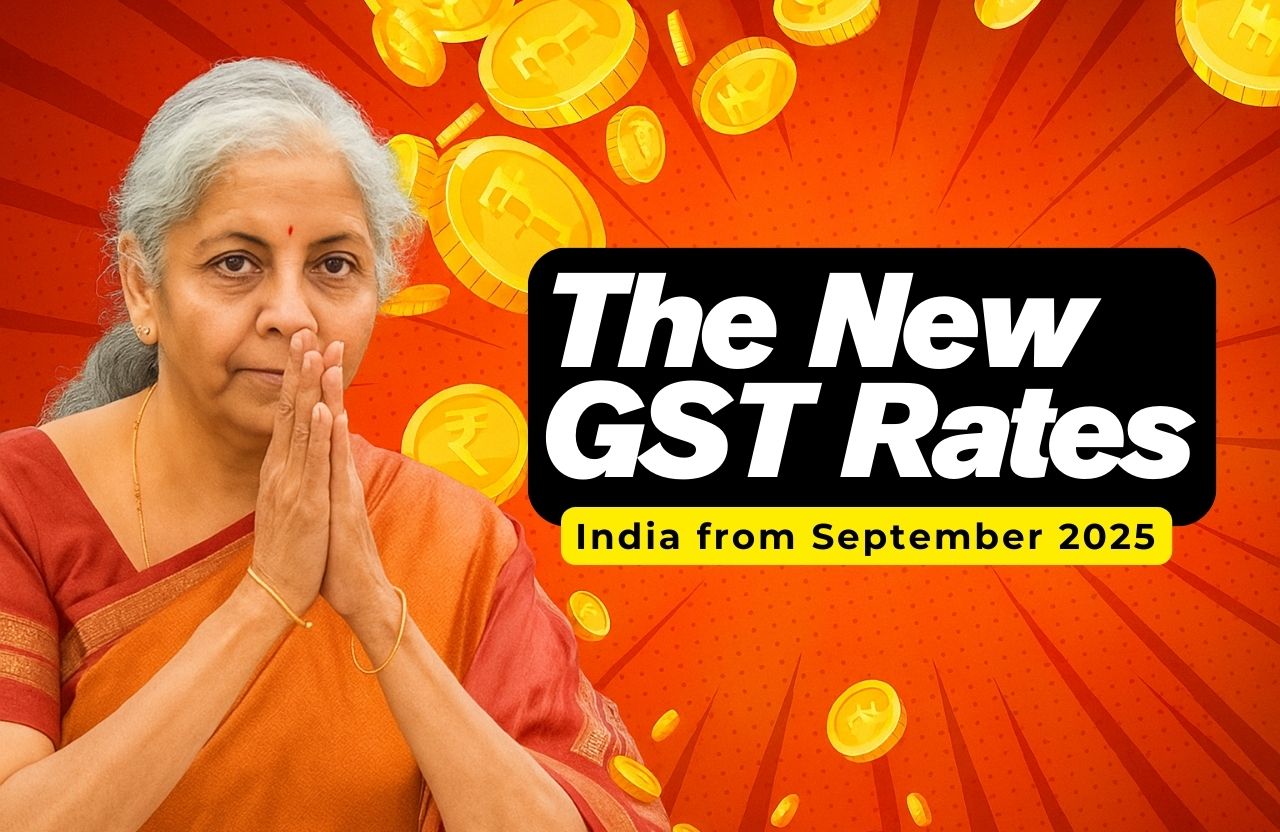The tech startup world is full of dreamers and doers. While creativity and vision are critical, launching a successful startup requires more than just a brilliant idea. The key to success lies in validating your tech startup idea before investing significant time, money, and energy. Idea validation helps ensure there’s a real market need, a willing customer base, and a viable business model behind your product or service.
This comprehensive guide breaks down everything you need to know about validating your tech startup idea, from initial concept testing to market research, and from prototyping to securing real feedback. Whether you’re a first-time entrepreneur or a seasoned innovator, this guide offers practical steps, tools, and tips to help you reduce risk and increase your chances of building a sustainable and scalable startup.
1. Understand the Importance of Idea Validation
Many startups fail not because the idea was bad, but because no one wanted the product. According to CB Insights, 42% of startups fail due to lack of market need. That statistic alone should underscore the necessity of validation.
Idea validation helps you:
- Identify actual demand
- Avoid costly mistakes early
- Understand your target customer
- Build the right product features
- Make informed decisions
Think of it as a reality check before you pour your savings into development or pitch to investors.
2. Define Your Idea Clearly
Before testing your idea, you must be able to explain it clearly.
Ask yourself:
- What problem does your product solve?
- Who has this problem?
- Why is your solution better than existing alternatives?
- How does it work?
Create a simple value proposition statement. For example: “We help [target audience] solve [problem] with [solution] by [how it works].”
Example: “We help remote teams manage projects seamlessly with a real-time AI-powered collaboration platform.”
A clear definition helps others understand and evaluate your idea.
3. Conduct Preliminary Market Research
Market research is crucial in validating your tech startup idea. Here’s how to get started:
A. Analyze the Competition
- Who are your direct and indirect competitors?
- What features do they offer?
- What are their weaknesses (based on reviews or product analysis)?
B. Identify Market Trends
- Use tools like Google Trends, Exploding Topics, and Statista.
- Look for growing demand in specific tech categories.
C. Evaluate Market Size
- Is the market large enough to sustain a growing business?
- Use TAM (Total Addressable Market), SAM (Serviceable Available Market), and SOM (Serviceable Obtainable Market) frameworks.
Understanding the competitive landscape and potential market size is key to spotting opportunities and gaps.
4. Identify and Understand Your Target Audience
Knowing your audience deeply is one of the most important parts of validation.
A. Create Customer Personas
A customer persona is a semi-fictional representation of your ideal user. Include:
- Demographics (age, profession, location)
- Pain points
- Goals
- Behavior patterns
B. Conduct Interviews
Talk directly to potential users:
- What challenges do they face?
- How are they currently solving those problems?
- What would make them switch to a new solution?
Aim to interview 15-20 people within your target audience for meaningful patterns to emerge.
5. Build a Minimum Viable Product (MVP)
An MVP is a simplified version of your product with just enough features to solve the core problem.
A. Types of MVPs:
- Landing Page MVP: A single-page site explaining your product and asking for sign-ups.
- Explainer Video MVP: A short video demoing how the product works.
- Wizard of Oz MVP: Manually simulate features that will be automated in the future.
- No-Code MVP: Use tools like Bubble, Glide, or Webflow to build a working prototype without coding.
Building an MVP allows you to:
- Validate demand
- Get real-world feedback
- Iterate faster and cheaper
6. Get Feedback and Iterate
After launching your MVP, it’s time to gather data.
A. Metrics to Track
- Sign-ups
- Bounce rate
- Retention rate
- Net Promoter Score (NPS)
- Feature usage statistics
B. Collect Qualitative Feedback
- Conduct usability tests
- Ask users: What did you like/dislike? What features are missing? Would you pay for this?
- Use surveys (Google Forms, Typeform) or interviews
C. Iterate Based on Insights
Don’t fall in love with your first version. Be willing to pivot or adjust based on feedback. Validation is an ongoing loop, not a one-time task.
7. Test Willingness to Pay
Customer interest doesn’t always equal willingness to pay. You must validate if users will pay for your solution.
A. Pre-Sell Your Product
- Offer pre-orders or early-bird discounts.
- Run crowdfunding campaigns (Kickstarter, Indiegogo).
B. Create a Paid Beta
- Offer a premium version of your MVP.
- Give early adopters special access in exchange for payment.
C. A/B Test Pricing Models
- Use pricing pages with different plans.
- See which plan gets more clicks/sign-ups.
This step helps you validate both demand and monetization strategy.
8. Validate Distribution Channels
How will you reach your customers? Distribution is just as important as the product.
A. Organic Channels
- Content marketing
- SEO
- Social media
B. Paid Channels
- Facebook Ads
- Google Ads
- LinkedIn Ads
C. Partnerships
- Influencer marketing
- B2B partnerships
- App store listings
Run small campaigns to validate customer acquisition costs (CAC) and channel effectiveness.
9. Run a Smoke Test
A smoke test is a landing page with a call to action (e.g., “Buy Now”) that tracks how many people click, even if the product isn’t ready.
Tools to Use:
- Unbounce
- Carrd
- Launchrock
This test helps assess real interest and conversion rates. Include email collection to build your waitlist.
10. Leverage Online Communities
Use online platforms to test interest and get instant feedback:
- Reddit (r/startups, r/Entrepreneur)
- Indie Hackers
- Hacker News
- Product Hunt
Post your idea, MVP, or landing page and observe the reaction. Use it to gather suggestions, critiques, and leads.
11. Seek Expert and Mentor Advice
Getting feedback from experienced entrepreneurs, product managers, or investors can uncover blind spots.
Ways to Connect:
- Join accelerators (Y Combinator, Techstars)
- Attend startup meetups and pitch nights
- Use platforms like GrowthMentor or Clarity.fm
Industry experts can help you refine your pitch, assess feasibility, and make key pivots.
12. Document Your Learnings
Keep a detailed record of all validation steps:
- Who you talked to
- What feedback you received
- What changes you made
- What worked and what didn’t
This will be valuable when pitching to investors, onboarding a team, or making data-driven decisions.
Conclusion
Validating your tech startup idea is not a step you can afford to skip. It can mean the difference between building something people love and wasting months on a product no one wants.













